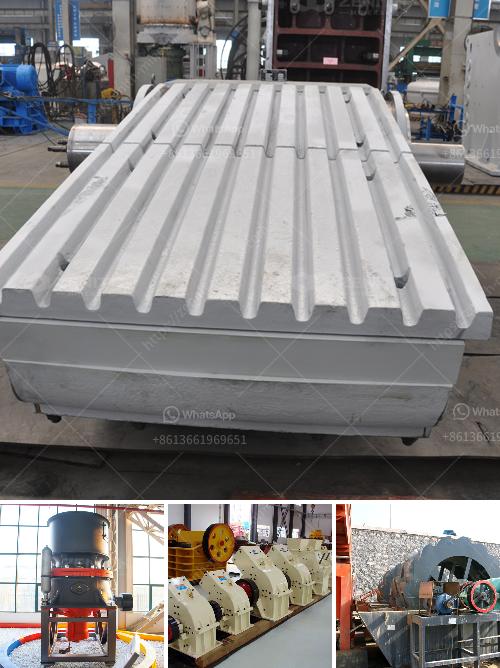A limestone ball mill works on the principle of impact and attrition to reduce the size of limestone particles. Here’s a step-by-step overview of how it operates:
Feeding: Crushed limestone is fed into the ball mill through a feeding system. The feed is usually a controlled rate to ensure efficiency and balance.
Grinding: Inside the ball mill, there are grinding media like steel balls or ceramic balls. As the mill rotates, these balls fall back onto the limestone material due to the force of gravity and impact it, breaking it down into much finer particles.
Attrition: In addition to impact, attrition forces caused by the tumbling action of the balls and the material also help grind the limestone. The repeated collisions and friction between particles and grinding media facilitate further size reduction.
Classification: After grinding, the fine limestone particles are often separated by a classifier or screening device located at the discharge end of the mill. The finer particles pass through, while coarser material is returned to the mill for further grinding.
Discharge: Finally, the finely ground limestone particles are discharged from the mill and can be further processed or used in various applications.
Key aspects to ensure the effective operation of the limestone ball mill include maintaining the correct speed, proper feed rate, and appropriate size and quantity of grinding media. Additionally, regular maintenance and monitoring are crucial to ensure the longevity and efficiency of the mill.
